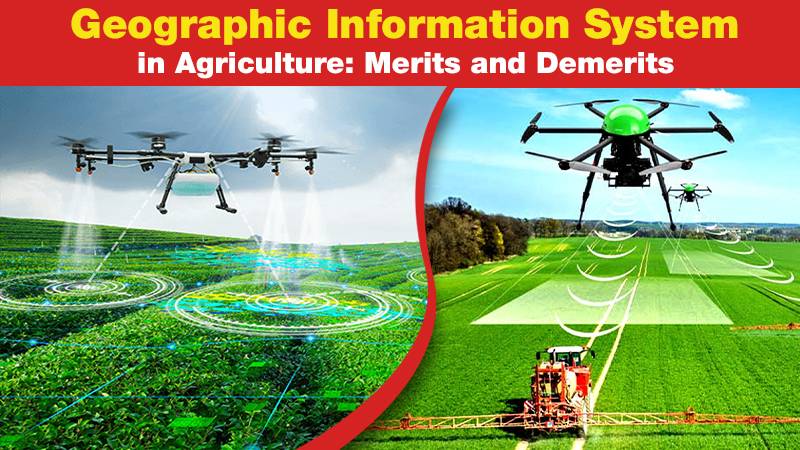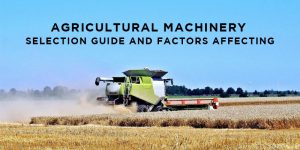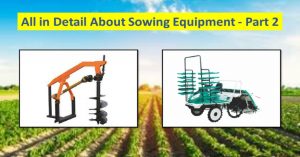Geographic Information System (GIS) is characterized as a data framework that is utilized to enter, store, recover, control, dissect and yield geologically referred to information or geospatial information, to help dynamic for arranging and the management of farmland use, normal assets, climate, transportation, metropolitan offices, and other regulatory records.
What is Mean by GIS-
An extensive data set of geographic data including both positional information about land highlights and graphic/non-locational information about these provisions at various marks of time and sets of projects of uses, which empower the data to be input, evaluated, controlled, broke down and revealed.
Components of Geographic Information System –
- Equipment
- Programming
- Information
- Individuals
- Techniques
Equipment/Hardware-
Equipment is the computer on which a GIS works. Today, GIS programming runs o a wide scope of equipment types, from incorporated PC servers to PCs utilized in independent or arranged designs
Software –
GIS programming gives the capacities and instruments expected to store, dissect, and show geographic data. Key programming parts are:
Instruments for the information and control of geographic data
A data set administration framework
Instruments that help geographic inquiry, examination and representation
A graphical UI (GUI) for simple admittance to instruments
Information/Data –
Potentially the main part of a GIS is the information. Geographic information system and related plain information can be gathered in-house or bought from a business information supplier.
A GIS will incorporate spatial information with different information assets and can even utilize a DBMS, utilized by most associations to arrange and keep up with their information, to oversee spatial information.
Individual/People –
GIS innovation is of restricted worth without individuals who deal with the framework and create plans for applying it to genuine world issues. GIS clients range from specialized experts who plan and keep up with the framework to the people who use it to assist them with performing
Techniques/Methods-
A satisfactory GIS works as per a very much planned arrangement and business rules, which are the models and working practices exceptional to every association.
Benefits of GIS –
- Investigating both geological and topical parts of information in a comprehensive manner
- Stresses topographical parts of an exploration question
- Huge volumes of information
- Coordination of information from broadly different sources
- Permits a wide assortment of types of representation
Detriments of GIS –
- Information is costly
- Expectation to absorb information on GIS programming can belong
- It Shows spatial connections yet doesn’t give outright arrangements
- Starting points in the Earth sciences and software engineering. Arrangements may not be suitable for humanities research
Spatial Inconstancy of Soil Attributes –
The portrayal of spatial inconstancy of soil physical and compound qualities (e.g., soil surface, natural matter, saltiness, water content, compaction, and supplement content) is vital for overseeing farming practices.
The accuracy of proclamations that can be made with regards to soil properties at any area relies generally upon the measure of variety inside the space tested.
As heterogeneity of soils builds, the accuracy of proclamations about their properties, conduct, and land use execution diminishes.
Spatial changeability of soil factors is regularly an aftereffect of complex cycles working simultaneously and throughout extended periods, instead of an impact of a solitary acknowledgement of a solitary factor.
To clarify the variety of soil factors has never been a simple assignment.
Many soil factors differ evenly as well as with profundity, persistently as well as suddenly.
Field perceptions are, then again, normally extravagant and we are regularly compelled to construct 100% complete guides by utilizing an example of not exactly or equivalent to 1%.
Objectives of Soil Spatial Investigation –
To discover the weighted normal of a given soil property which differs from one highlight to another over a given space of land for result translation and for doing recreation tests in the field.
To work out introduced upsides of a given soil property over the long haul and space in unsampled or unvisited locales between examined gauges to portray shape lines on the base guides.
To foster a levelheaded examining methodology for the portrayal of soil status to make ready for satisfactory execution of field tests.
The approach of GIS virtual products has improved on the most common way of concentrating on the inconstancy with geostatistics being important for each programming.
Geostatistics in Agriculture –
Geostatistics is an apparatus to assist us with portraying spatial fluctuation and vulnerability coming about because of the flawed portrayal of the inconstancy.
Geostatistics includes the hypothesis of regionalized factors, which traces back to the mid-fifties and incorporates ideas of arbitrary capacity and stationarity. Geostatistical planning can be characterized as the logical creation of guides by utilizing field perceptions, illustrative data, and a PC program that computes values at areas of interest.
Various spatial expectation models are relying upon the measure of insights engaged with the examination.
Most geostatistical considers in soil fluctuation concentrates on target assessing soil properties at unsampled places and planning them.
Download KhetiGuru Mobile Application for more details in the agriculture sector and advanced technologies in the agriculture sector.
Visit our page for more information about Tractor, Agricultural implements, Tractor Price, Tractor Videos, and Tractor Games.




